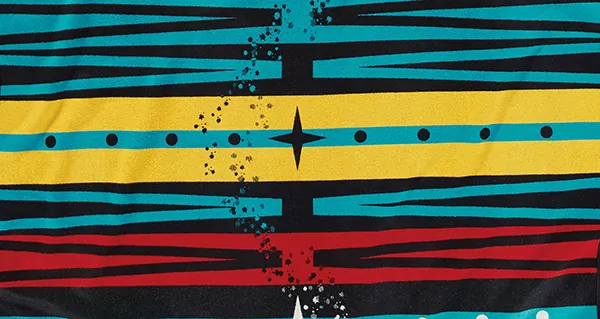Pendleton started weaving the ‘trade blankets’ for the Native Americans sometime in the mid to late 1800s. Its operations were spearheaded by Joe Rawnsley, who lived with different tribes in the southwest. His original blanket designs were well-received by the Nez Perce, after which he started searching for more designs that the Zuni, Hopi, and Navajo would like based on their pre-existing designs found in weavings, regalia, and pottery.
The patterns that emerged from Rawnsley’shard work are seen today as a combination of Native-made and “Native-inspired” designs. Both types of patterns are widely claimed and adorned by Native American communities.
The communities began using Pendleton’s blankets as prized possessions to celebrate special occasions. Interestingly, this tradition continues today, such as during weddings, funerals, and birth. One of the main reasons why the designs originally appealed to Native Americans is that they featured the kinds of geometric patterns that were already present in Indigenous art.
When the Europeans came to America and traded with the Native people, wool blankets were valued greatly. The brighter the wool, the more value it had. Most earlier trading blankets were block and plaid designs, such as the conventional Hudson’s Bay blankets. During the start of the 20th century, the Pendleton blankets became quite popular thanks to their sharp details and bright colors and soon came to be known as the “Indian trade.”
The Pendleton Blanket began at a woolen mill in Pendleton, Oregon. The mill’s core focus was producing eye-catching blankets with genuine Native American designs for the Walla Walla, Cayuse, and Umatilla tribes in the Northeast. The popularity of the blankets spread like wildfire to other local white settlers and tribes, after which tourists visiting the area also bought weavings as souvenirs.
There is often debate about Pendleton Blankets and whether or not they are appropriating the Native American culture and profiting from their designs. As per Bobbie Conner, director of the Tamastslikt Cultural Institute, cultural appropriation is when there is no acknowledgment or relationship between the two parties, and the aim is solely to make profits.
Although the company is not Native American-owned, it has fully acknowledged the Indigenous culture as its inspiration and established a relationship with different tribes. Additionally, the company has incorporated designs by modern Native artists, which then helped raise millions of dollars for the American Indian college fund. While the company profits from Native-American-inspired designs, it does its part by giving back to the communities.




